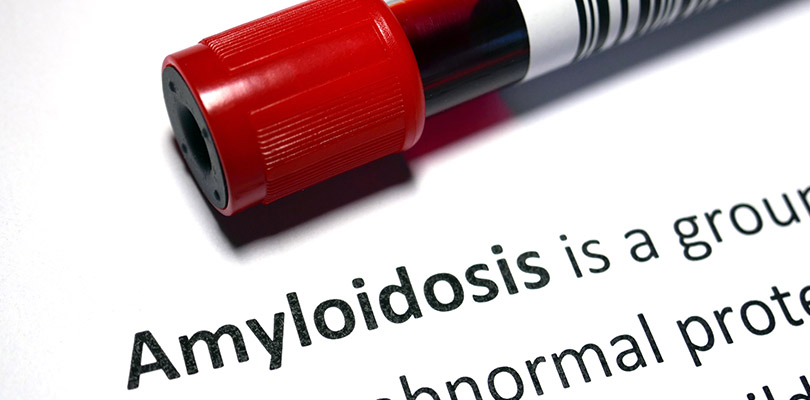What Are Tonsil Stones Symptoms?
Do you have a sore throat that is bothering you? Shine a light in the mirror, open your mouth and say “ah”. If you see any light-colored spots on your tonsils, they may be tonsil stones. What are tonsil stones symptoms? Find out here.
A Quick Overview of the Tonsils
Your tonsils are located at the back of your throat. They’re small balls of tissue that are part of your immune system; they function by helping fight off infection. How do they do this? The tonsils produce white blood cells and antibodies. They also help detect when viruses and bacteria enter the body through the mouth. One of the weaknesses of the tonsils is that its soft tissue has small gaps in it, making it susceptible to tonsil stones.
What Are Tonsil Stones?
We’re all at risk for tonsil stones without doing anything out of the ordinary. Debris can find its way into the gaps in the tonsil tissue and can accumulate over time to form tonsil stones. This debris is usually made up of minerals, mainly calcium salts that can harden and grow. The stones can form from food you eat, debris from neighboring cells or tissues, or even germs, such as bacteria. The size of these stones is usually 1 millimeter to 2 millimeters; you may not be able to see smaller stones (unless you have microscopic vision). Larger stones are rare, but they can be up to 1 centimeter.
Fret not, tonsil stones are not a serious health risk. They’re benign which means they are relatively harmless. These little stones look like tiny white or yellow pebbles on your tonsils. They’re not attached to the tonsils in a permanent way; they are actually just stuck to them, which makes tonsil stone removal a bit easier.
Common Symptoms of Tonsil Stones
If you look in a mirror and see tonsil stones, do not stress out. Having tonsil stones does not necessarily mean there will be any impact to your overall health.
However, there are a few minor symptoms that are common with tonsil stones:
- Sore throat
- Swelling
- Irritable cough
- Bad breath
- The feeling of something stuck in the back of your throat
- Ear pain/earache
Causes of Tonsil Stones
Tonsil stones exist because debris accumulates in the crevices of the tonsils. Bacteria, fungi, food and minerals can get trapped in the crevices. Then, they can calcify and form deposits that stick to your tonsils. Those with bigger crevices or more crevices in their tonsils are more likely to get tonsil stones.
How to Treat Tonsil Stones
The easiest way to treat tonsil stones is to do nothing. If your tonsil stones are not causing any problems or symptoms, there is not a great medical concern. If your stones cause you distress or you merely want to get rid of them, there are some at-home treatments, as well as medical treatments for tonsil stones.
Treating Tonsil Stones at Home
Since tonsil stones are such a minor health issue, home treatment is usually all it takes to get rid of them. If you decide to remove your tonsil stones at home, be gentle; do not use force. Here are some things to try at home:
- Gargle with saltwater. This will help reduce swelling and may be all it takes to remove the stones if they dislodge easily. Use 1 teaspoon of salt to 8 ounces of warm water.
- Gently remove with at toothbrush or cotton swab. If the stones come free easily, this is an easy solution as long as you are careful with an object at the back of your throat (safety is key because accidents can happen).
- At-home irrigation kit. You can purchase an at-home irrigation kit or a curved-tip syringe specifically for this purpose. You use water to remove the stones. Again, be careful because too much water force can cause pain and bleeding.
Most of the time we know why there are tears streaming down our faces, but sometimes the tears come for reasons unbeknownst to us — so why do we cry?
Medical Treatment for Tonsil Stones
While tonsil stones themselves do not cause major health issues, they may trigger infections that can bring other health risks. If you are unable to treat stones at home, have a medical professional—usually an ear, nose and throat specialist (ENT)—remove the stones in one of these ways:
- Surgery to scrape out the stone. The doctor will use local anaesthetic and a stone removal tool to detach large or stubborn stones.
- A tonsillectomy. This surgery is only recommended for patients who have stones that keep coming back or stones that are bothering a patient a lot. It’s a quick 20- to 30-minute outpatient surgery to remove the tonsils and eliminate the problems they cause.
- Cryptolysis. This is another surgical option for those with persisting problems, where the operation’s goal is to flatten the surfaces of the tonsils to minimize or eliminate tonsil issues. You’re less likely to have tonsil stones if the back of your mouth is flat.
How to Prevent Tonsil Stones
Consistent good oral hygiene goes a long way to keep your tonsils free of debris. Even though stones are more common in adults than children, everyone should focus on proper hygiene to prevent tonsil stones. Some practices to implement:
- Regular brushing and flossing
- Using a tongue scraper to clear out any debris or germs that may end up in your tonsils
- Avoiding smoking and excess alcohol, as both activities can make your mouth dry and encourage tonsil stones to build up
- Gargling with saltwater after meals and snacks
- Using a water pick to flush out the mouth and remove any tonsil stones that are starting to grow
Tonsil stones themselves do not pose a major health hazard—they are like a little pest that you just want to go away. The next time you suspect you have tonsil stones, try out some of the at-home remedies to get rid of them.







